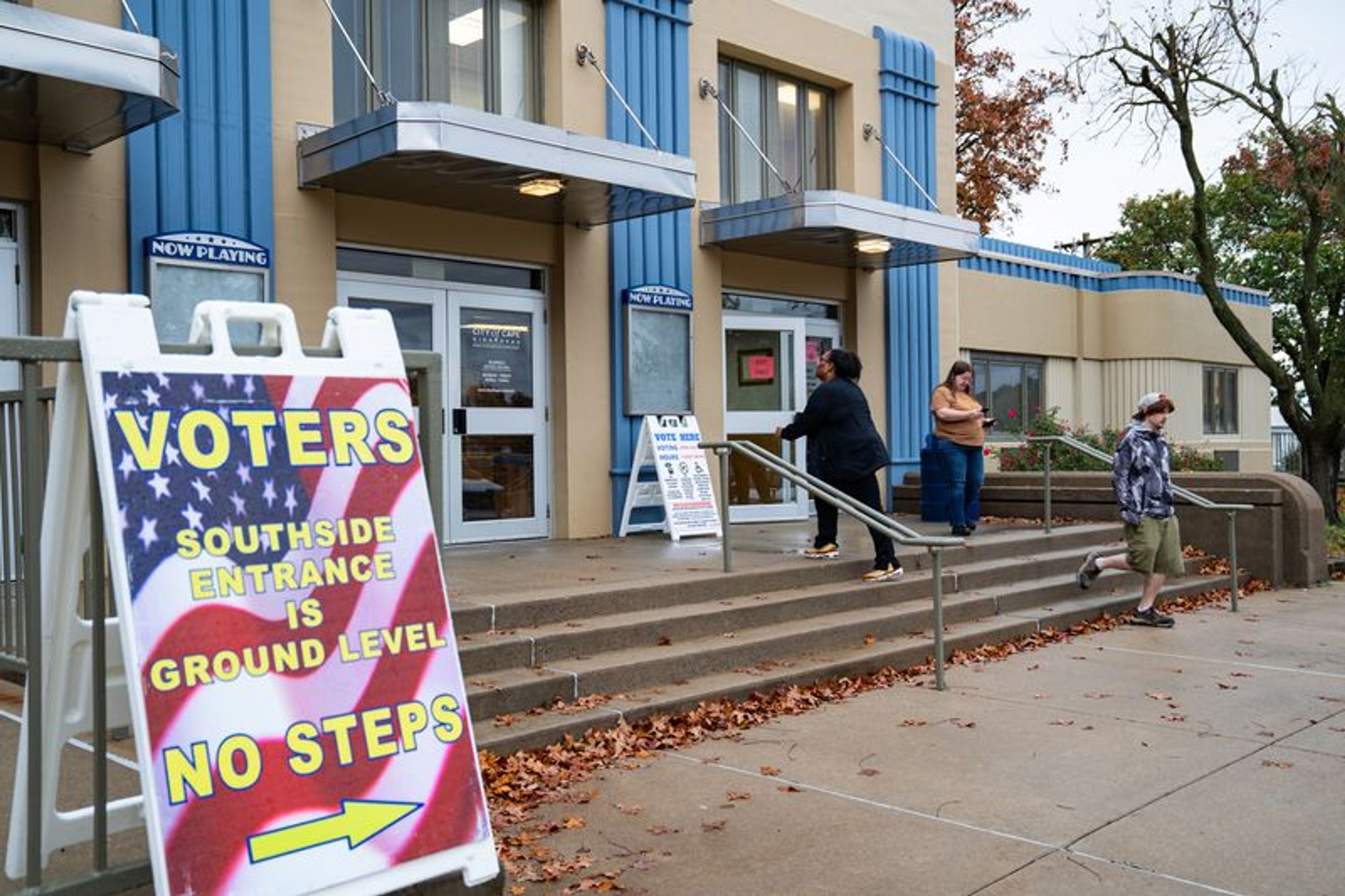Accuracy really is the goal; our Fact Check tool lets you help
At the Southeast Missourian we take accuracy seriously. Usually that sentence in a column from an editor spills into a horrific (in an editor's eyes) apologetic montage about some ghastly factual or potentially libelous error that was published. Errors made by newspaper folks come in many forms and sizes, and we are certainly not immune from errors. We make plenty...
At the Southeast Missourian we take accuracy seriously.
Usually that sentence in a column from an editor spills into a horrific (in an editor's eyes) apologetic montage about some ghastly factual or potentially libelous error that was published. Errors made by newspaper folks come in many forms and sizes, and we are certainly not immune from errors. We make plenty.
But I'm not writing today (thank goodness) to apologize for some huge mistake by myself or by one or more of our staffers. Instead my intent is to share with our readers a new way to help us report accurate information.
At semissourian.com, our news site, we have introduced a new "Fact Check" feature that some have already started using.
Anyone who has been following the news on the website by now knows that we frequently post the latest news online first, with fuller news stories following in print the next day. Sometimes complete stories are posted early. This has been our culture for several years now, and many of our readers have already found that they can contact us (by email, phone, Facebook, Twitter or posting on stories) so we can set the record straight, many times before the newspaper hits your front lawn the next day. With the Fact Check tool, we've made the process even easier.
At the bottom of every story on semissourian.com, there's now a Fact Check button that will take the reader to a form to let us know if something isn't right. The fact check sends an email to several editors.
So far, after a soft launch, readers have let us know about a handful of name misspellings from a weekend barbecue contest; another person let us know that the exact location of an accident on the interstate was incorrect. There was another item that was reported that was, in fact, correct, but the reader had misinterpreted the story.
Any person who cares about their profession hates to make mistakes. In journalism, our errors are made in the public eye and are etched in history. I've seen reporters burst into tears over errors made in stories; I've seen men become nervous wrecks, and start sweating, as if an adolescent boy who was just given a wedgie in front of the girls' PE class. I personally have made two hugely embarrassing errors during my reporting days, one the result of my own spell-check mis-click; the other the result of some very poor reporting. Embarrassing corrections made me physically ill. They haunt me yet. Not only are they embarrassing for the journalist, but they can affect public perception of the individuals being written about. They can damage credibility with sources. With readers, too.
The newspaper industry has always been fairly transparent about errors. Every newspaper I know of runs corrections when they report the wrong facts. The advent of online message boards, comment sections and social media can make mistakes even more public. Imagine if in your line of work some 17,000 people scrutinized your performance every day, and a handful of them showcased your mistakes in the public realm for all to see. To be a journalist, much like politicians and coaches, you have to have some thick skin.
Our online correction policy dictates we make a correction note at the top of the story to let readers know the content has been edited to correct an error. Some media outlets just change the text and hope no one notices.
If you've made it this far into this column, you might also be interested to know that we track errors and corrections here at the Southeast Missourian. We began a thorough record-keeping of news errors two years ago this September. During those two years, we've counted 104 corrections in our printed newspaper, of which 49 originated with a source giving us incorrect information. (Yes, some of those we should've caught, anyway.) So 55 of the news corrections we've posted were no doubt our own blunders. To give some context, during that same time period we posted more than 31,500 stories to our website.
I'll not bore you with the details, but we do have several processes in place designed to cut down on corrections, from checkoff lists to notes in stories. Many of our corrections in the last year or so aren't actually news corrections. Many are found in new features, such as our daily calendar, semoevents.com. Twenty-three of our 104 corrections had to do with incorrect times or listings in our calendar. Some of those errors were due to sources, some of them were our own.
What all of this means is that we're doing a lot here to try to make sure your news is accurate. And if you can help us accomplish that goal, we welcome the helping hand. Be sure to click on the Fact Check tool online if you notice anything that is incorrect.
It's another way we strive for perfection.
When we say accuracy is important to us, it truly is not lip service.
Thank you, as always, for reading and correcting your hometown newspaper.
Bob Miller is the editor of the Southeast Missourian. He can be reached at bmiller@semissourian.com
Connect with the Southeast Missourian Newsroom:
For corrections to this story or other insights for the editor, click here. To submit a letter to the editor, click here. To learn about the Southeast Missourian’s AI Policy, click here.








